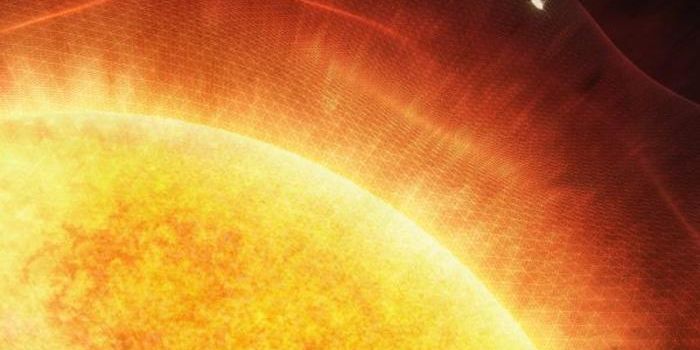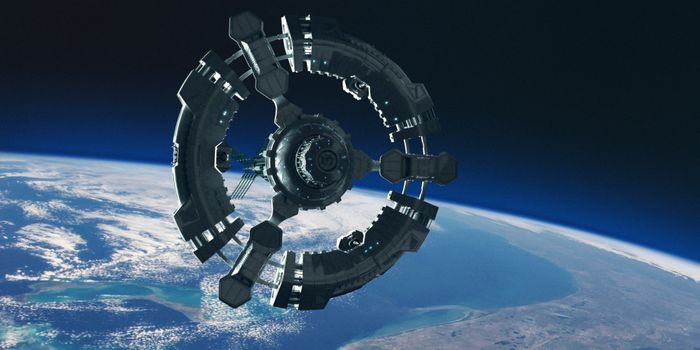Technology
Galt
DEC 08, 2013 12:00 AM PST
Share
Extra-Solar Sauna: Hubble Finds Water on 5 New Planets
 Despite its aging technology, the Hubble Space Telescope continues to produce breakthrough discoveries in astronomy and cosmology. And now Hubble has put another impressive notch on its belt: the discovery of water on five planets outside of Earth's solar system.
Despite its aging technology, the Hubble Space Telescope continues to produce breakthrough discoveries in astronomy and cosmology. And now Hubble has put another impressive notch on its belt: the discovery of water on five planets outside of Earth's solar system.Though Hubble's findings have astronomers thrilled, there is a catch: none of the five worlds are hospitable for life in Earth terms. Each of the planets is classified as a "hot Jupiter," gas giants, and some are even larger than our own solar system's biggest planet, which orbits incredibly close to their parent stars. In the case of some hot Jupiter's (sometimes called "roasters"), a "year" is but a few Earth days. The just-discovered water is thus in the form of super-hot vapor. The distance between each planet and their respective stars is so small that all five worlds are tidally-locked, keeping one side turned toward its star at all times.
In short: these are not places that astronomers will ever expect to find life. "They are very violent places," noted L. Drake Deming, astronomer at the University of Maryland and head of the survey that examined known exo-planet atmospheres. But that's not deterring scientists from being excited about the results. Indeed, the same technique used by Hubble is already being planned to use in the next generation of orbital-based platforms, including the James Webb Telescope. Though the water is not a complete surprise, that it was detected at all is being hailed as an important development. "It was consistent with what we expect," Deming continued, "but it is one thing to say these planets should have water vapor and it's another thing to actually measure it."
The discovery of water in the atmospheres of the five planets - which have been named WASP-17b, HD209458b, WASP-12b, WASP-19b and XO-1b - is a result of precision timing and the Wide Field Camera 3 aboard Hubble. Able to detect near-infrared light, Wide Field Camera 3 was poised toward each world just as it approached its parent star. Spectroscopic analysis of the light passing through the planets' atmospheres found the absorption of wavelengths which is a signature of water. Hence, the water itself was not detected directly; rather, the absence of those wavelengths indicates that it was water at work.
Unfortunately, Hubble's accomplishment may be the extreme limit of its exo-planetary water-detection capability. But the procedure is already poised for use with the James Webb Telescope, scheduled for launch in 2018. Whereas Hubble's facilities can adequately observe the characteristics of large gas giants, the James Webb Telescope will have even more powerful observational prowess. Enough to refine the process that Deming and his team employed so that the smaller "Earth-like" planets-discovered in recent year-can be scanned for the presence of water. The James Webb Telescope is already expected to multiply the number of known planets that are smaller and rockier, and there may be a correlating rise in the discovery of exo-planetary water; perhaps even liquid water. "The James Webb Telescope would allow us to extend these measurements to habitable Earth-like planets, maybe twice as big as Earth, and in the habitable zone where water could condense," Deming said.
You May Also Like
Loading Comments...








